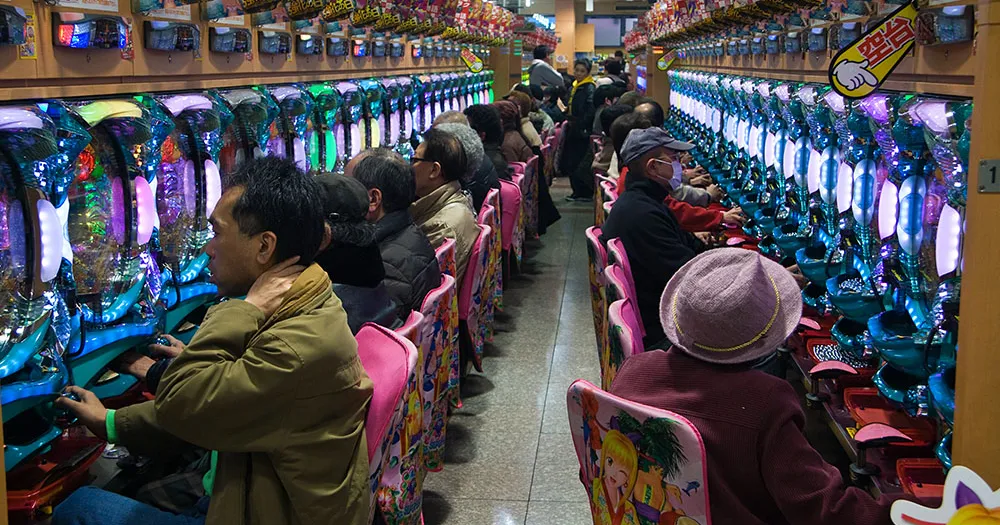The rise and success of pachinko underscore its enduring appeal and cultural significance in Japan. From its humble beginnings as a children's game to its current status as a major economic force, pachinko's journey reflects the resilience and adaptability of this iconic form of entertainment. As technology continues to evolve and societal attitudes toward gambling evolve, pachinko is likely to remain a fascinating and integral part of Japanese culture for years to come.
Introduction
Pachinko, a popular form of entertainment in Japan, has not only become a cultural phenomenon but also an economic powerhouse. Originating in the early 20th century as a children’s game, pachinko has evolved into a multi-billion-dollar industry with a significant impact on Japanese society. In this article, we’ll explore the rise and success of pachinko, examining its historical roots, cultural significance, and economic implications.
The Origins of Pachinko

Pachinko traces its roots back to the early 1920s when it emerged as a simple game for children. The original version involved shooting balls into a scoring area using a small handheld launcher. Over time, the game evolved and became more mechanized, transitioning from a children’s amusement to an adult pastime.
Post-War Development
After World War II, pachinko experienced a surge in popularity. The game became a widespread form of entertainment for adults, and manufacturers began producing more sophisticated machines. The introduction of electric and later electronic components transformed pachinko into a more dynamic and thrilling experience.
Pachinko Parlors and the Entertainment Culture

Pachinko parlors, dedicated establishments where players could enjoy the game, began to proliferate across Japan. These parlors became social hubs, providing not only a space for gambling but also a community gathering point. Players would spend hours immersed in the colorful and noisy world of pachinko, forming a unique subculture within Japanese society.
Cultural Significance
Pachinko is deeply ingrained in Japanese culture, symbolizing both leisure and risk-taking. The distinct sound of steel balls bouncing off pins and the flashing lights of pachinko machines have become iconic elements of Japanese urban landscapes. The game’s popularity has transcended generations, attracting players of all ages.
Economic Impact
The success of pachinko extends beyond cultural significance; it has also become a major economic force. The pachinko industry generates staggering revenue, with estimates placing it in the tens of billions of dollars annually. Pachinko parlors contribute significantly to local economies, providing jobs and stimulating ancillary industries, such as machine manufacturing and maintenance.
Legal and Social Challenges
While Pachinko’s success is undeniable, it has not been without challenges. The industry has faced legal scrutiny over the years, primarily due to concerns about gambling addiction and connections to organized crime. In response to these issues, regulations have been implemented to curb illegal activities and promote responsible gambling behavior.
Technological Advancements
Pachinko has embraced technological advancements, incorporating features like digital displays, themed machines, and interactive elements. These innovations have kept the game appealing to new generations and have contributed to the industry’s ongoing success.
International Influence
While pachinko is deeply rooted in Japanese culture, its influence has spread beyond the borders of Japan. Pachinko machines and parlors can be found in various countries, attracting players who appreciate the unique blend of chance and skill that the game offers.
Conclusion
The rise and success of pachinko underscore its enduring appeal and cultural significance in Japan. From its humble beginnings as a children’s game to its current status as a major economic force, pachinko’s journey reflects the resilience and adaptability of this iconic form of entertainment. As technology continues to evolve and societal attitudes toward gambling evolve, pachinko is likely to remain a fascinating and integral part of Japanese culture for years to come.
